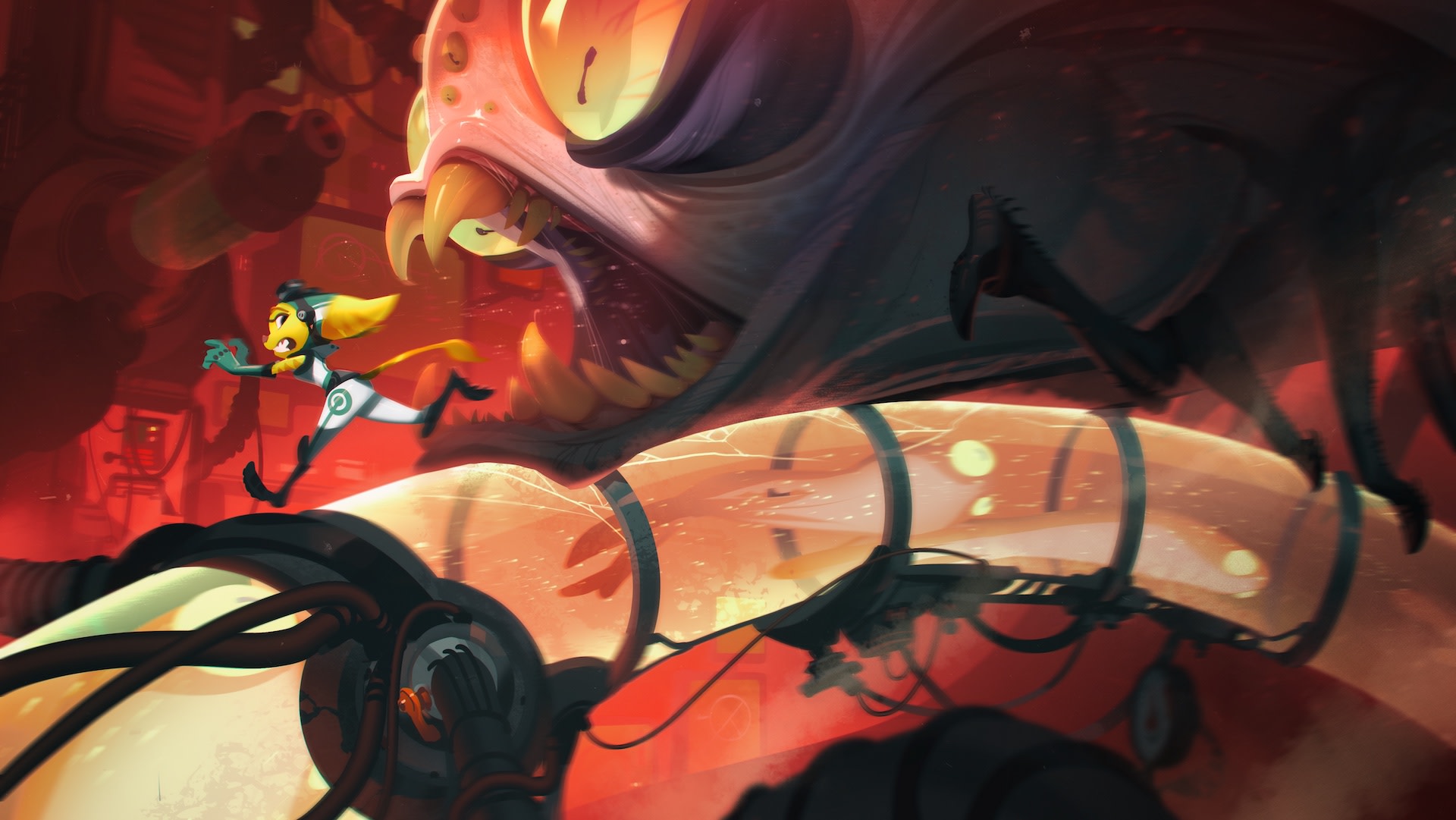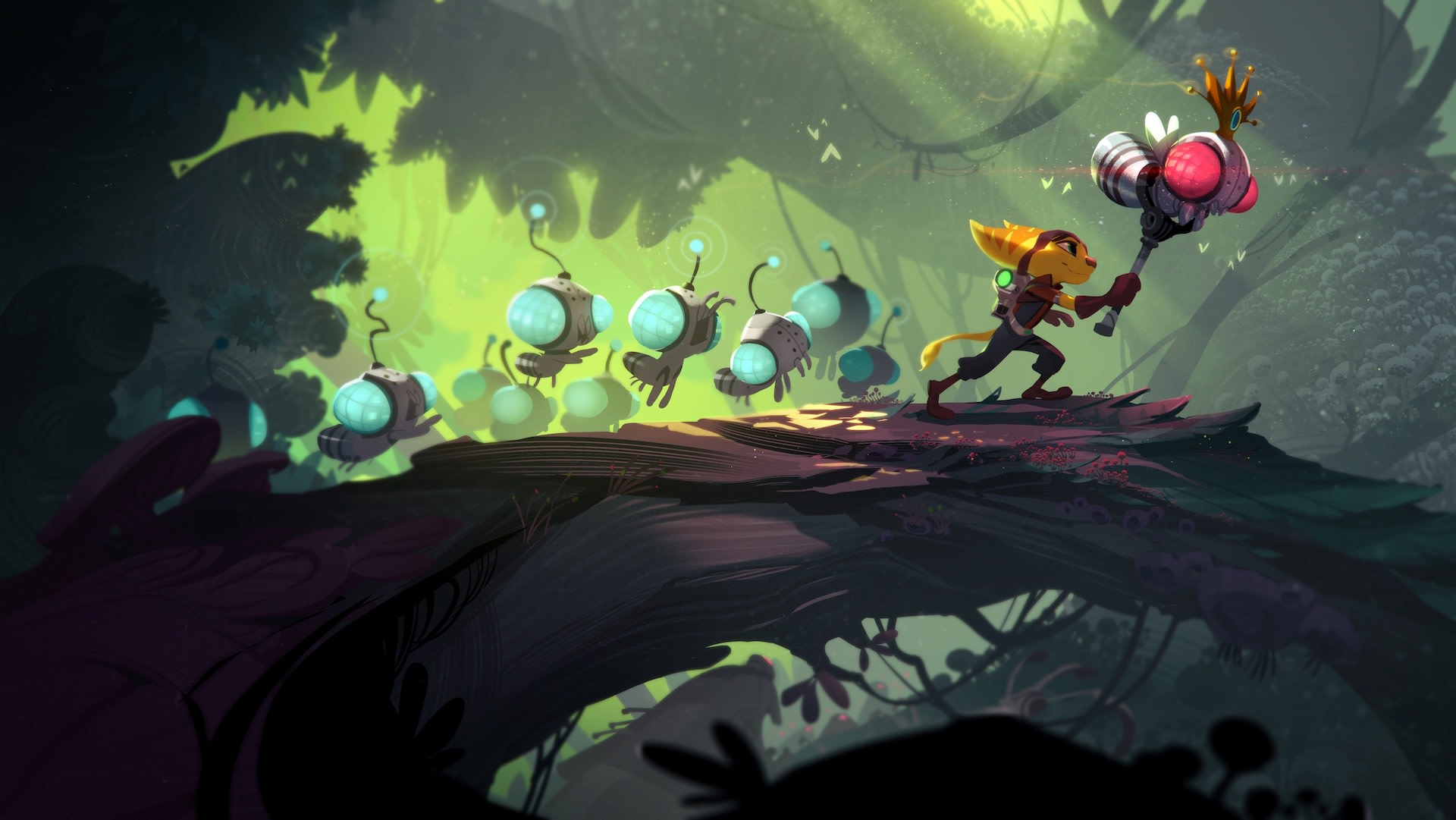In the history of successful game pitches, the very first pitch for Ratchet & Clank may well take the prize. "Wouldn't it be great to play a fuzzy space alien and his robot friend," it ran, "and travel the galaxy from planet to planet collecting weapons and gadgets?"
While most game pitches are nothing more (or less) than a stepping stone for better ideas to develop upon, Ratchet & Clank games would grow to be exactly what the rough pitch promised: a game where a fuzzy alien and his robot friend collect oddball weapons on planets far far away.





